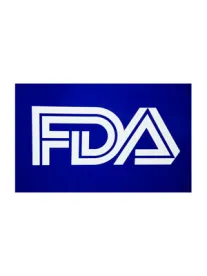-
On June 30, the U.S. Food and Drug Administration (FDA) published a constituent update notifying the public of recent test results from a study it conducted to better understand the presence of per- and polyfluoroalkyl substances (PFAS) in the food supply. PFAS are known for their grease, water, and oil-resistant properties and are used in a variety of consumer products, including food-contact materials.
-
FDA’s most recent testing detected PFAS in only one of 94 food samples. FDA tested a variety of breads, cakes, fruits, dairy, vegetables, meats, poultry, fish, and bottled water and detected PFAS in a single sample of cod, which contained detectable levels of two PFAS compounds, perfluorooctane sulfonate (PFOS) and perfluorononanoic acid (PFNA). Based on current and reliable food science, the Agency indicated that the PFAS levels detected in cod do not present a human health concern.
-
FDA’s testing was conducted as part of the Total Diet Study (TDS), a program the Agency began in 1961 to monitor the levels of nutrients, toxic elements, pesticide residues, and other chemicals in food. The Agency’s testing of TDS samples for PFAS is intended to determine if targeted sampling assignments are necessary for certain food items and to help inform its approach to future surveillance efforts.
-
The most recent testing is the third dataset released on PFAS in food. Given that PFAS has been detected in past analysis of tilapia, FDA plans to conduct a targeted survey of PFAS in the most commonly consumed seafood items in the U.S.
FDA Issues Update on Testing of PFAS in Food
Thursday, July 1, 2021
Current Public Notices
Published: 4 September, 2025
Published: 3 September, 2025
Published: 28 August, 2025
Published: 25 August, 2025
Published: 25 August, 2025
Published: 25 August, 2025
Published: 25 August, 2025
Published: 22 August, 2025
Published: 20 August, 2025
Published: 20 August, 2025
Published: 18 August, 2025
Published: 18 August, 2025
Published: 11 August, 2025
Published: 8 August, 2025
Published: 26 June, 2025



 />i
/>i

